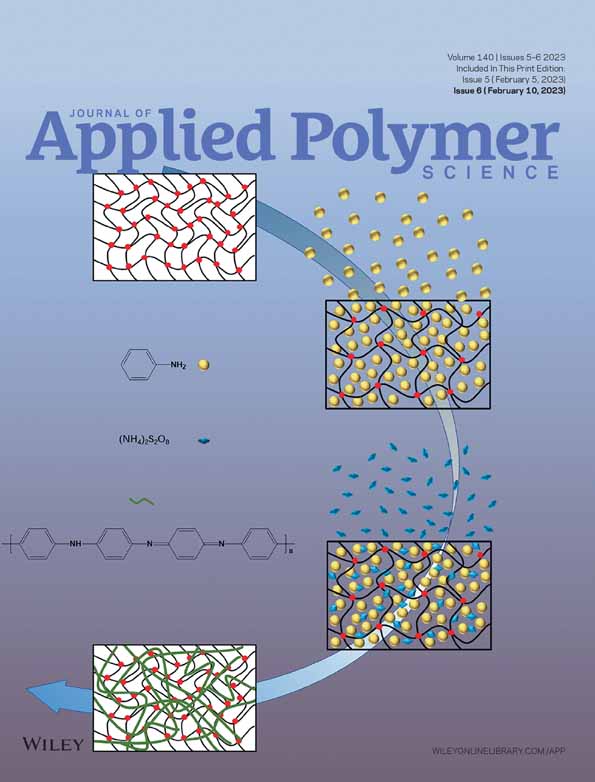Effect of ultrasound treatment on bacteriostatic activity of piezoelectric PHB-TiO2 hybrid biodegradable scaffolds prepared by electrospinning technique
Abstract
In this study, biodegradable piezoelectric poly(3-hydroxybuthyrate) (PHB) and PHB-TiO2 as well as non-piezoelectric poly(ε-caprolactone) (PCL) fibrous scaffolds were successfully fabricated. First, TiO2 nanoparticles (NPs) with various content (1%, 2%, and 3% wt) were loaded into the PHB matrix to improve its tensile and wettability properties as well as piezoelectric performances. The piezoelectric property of the fibrous scaffolds was examined and a significant improvement in the piezoelectric property of hybrid fibrous scaffolds compared to pure PHB was detected. For the PHB-2%TiO2 sample, a maximum of in the range 4.5–5 V electricity production from a height of 10 cm and a mass drop of 35 g was observed after 150°C heat treatment. Then, an in vitro bactericidal analysis was carried out to test the bacteriostatic effect of the produced piezoelectric biomaterials against E-cherichia coli (E coli) under ultrasound treatment. It was observed that E. coli appeared to be the most sensitive to the PHB-%2TiO2 sample and consequently the antibacterial activity of all the samples against E. coli was dependent on the piezoelectric properties of the samples. The results indicated that the fabricated fibrous scaffolds could be considered as a promising piezoelectric biomaterial with ultrasonically-controlled bacteriostatic activity for various tissue engineering applications.
CONFLICT OF INTEREST
The authors declare that they have no known competing financial interests or personal relationships that could have appeared to influence the work reported in this paper.
Open Research
DATA AVAILABILITY STATEMENT
The data that support the findings of this study are available from the corresponding author upon reasonable request.




